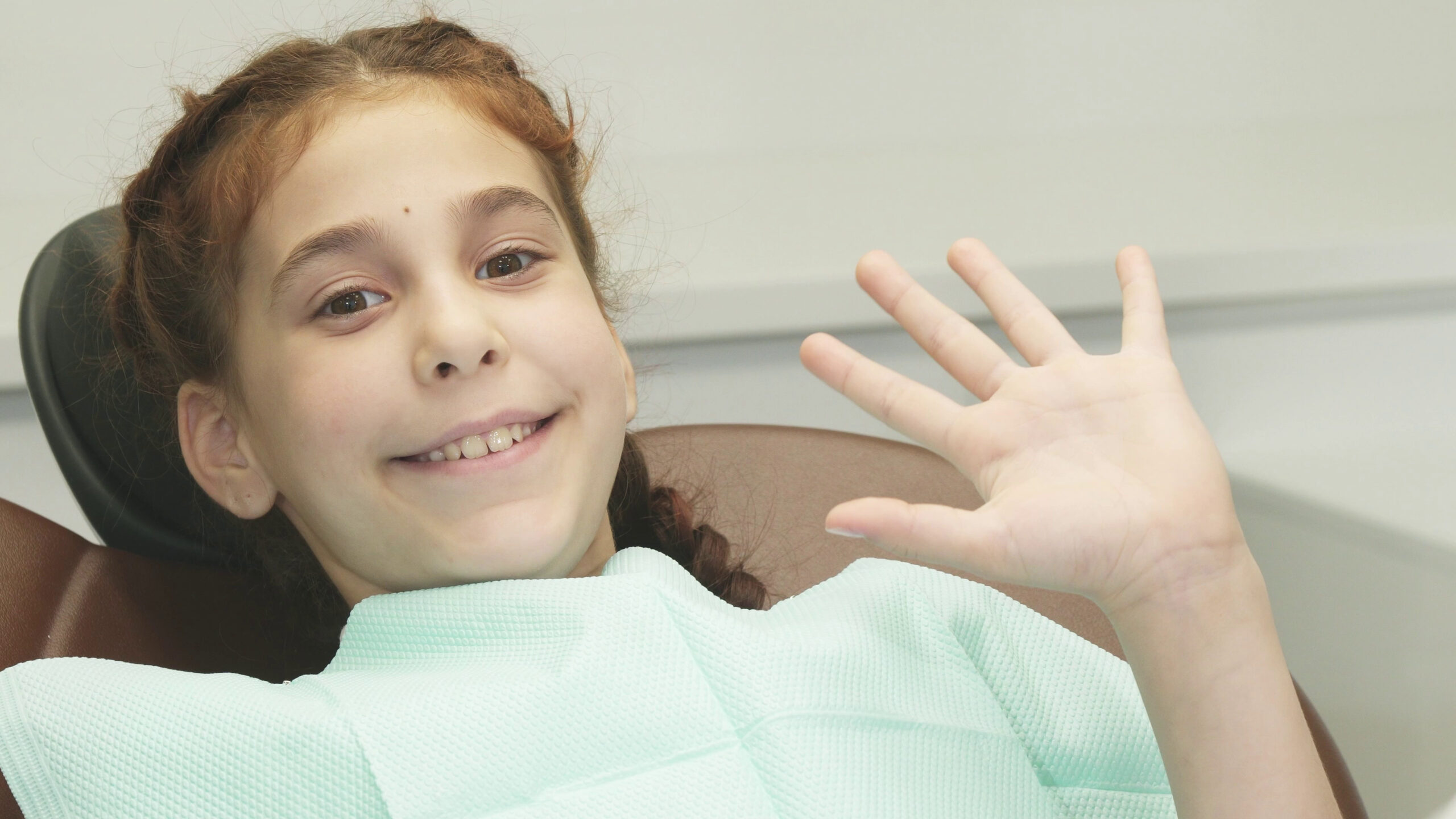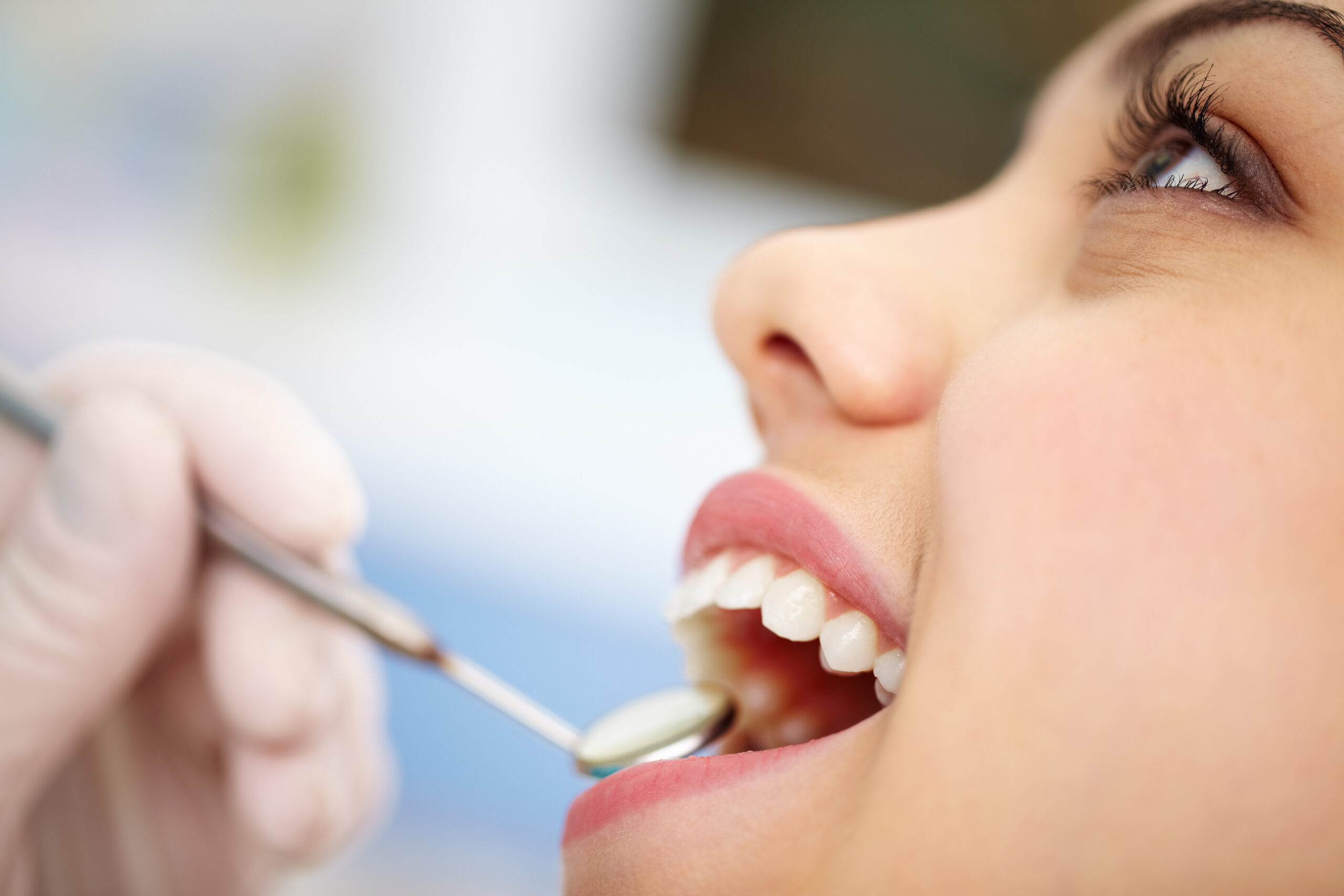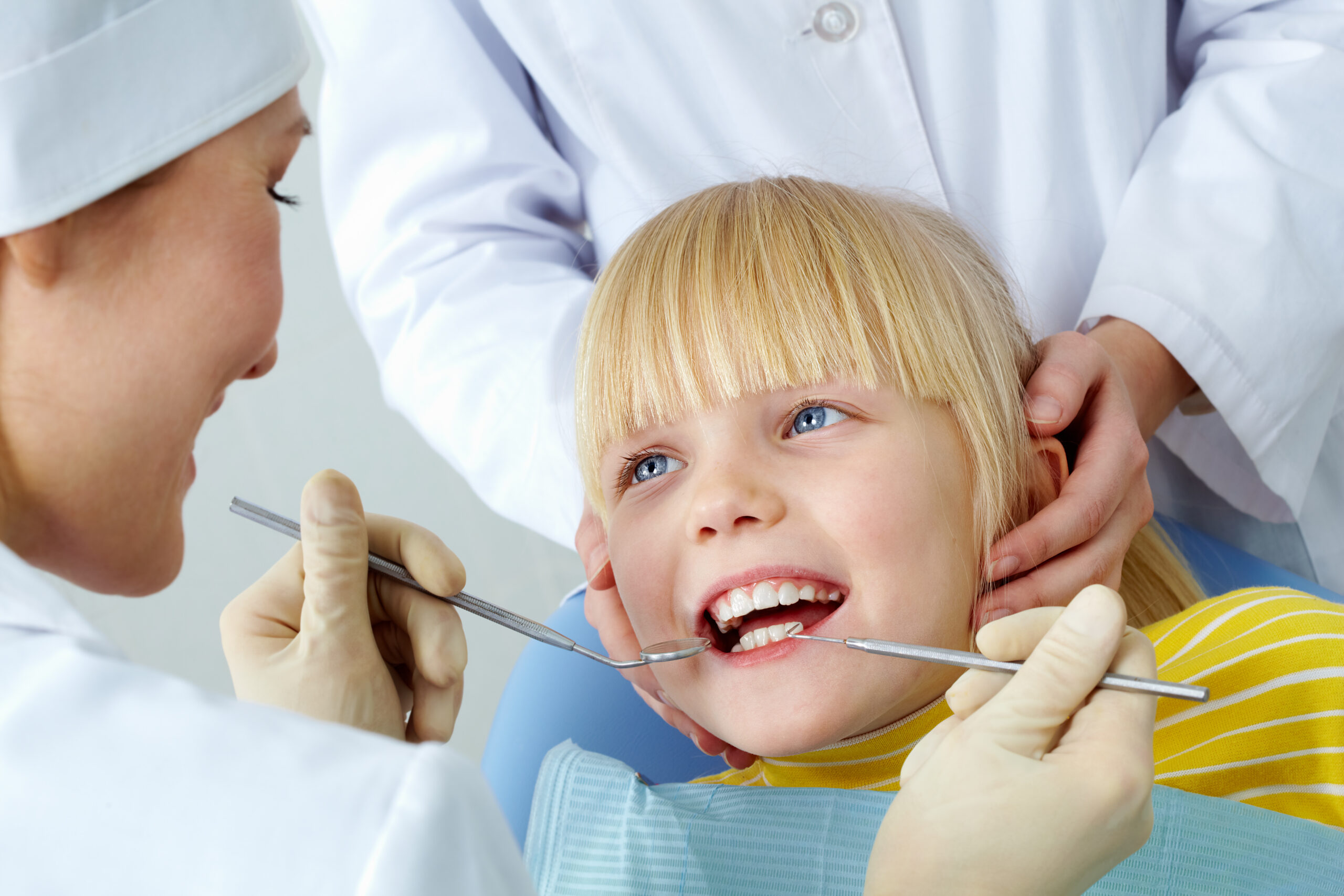
Root Canals and Alternatives
December 17, 2023 ABC Children's Dentistry
Many parents of young children are reluctant to have their pediatric dentist perform a root canal, even if it is recommended. What is a root canal, and is it necessary and safe for children? What are the alternatives to a root canal that parents can consider?
Root Canals for Children Under 16
A root canal is a dental treatment that is performed when the pulp, the soft inner part of a tooth, becomes infected or injured. This can happen due to severe tooth decay, a deep cavity, or a traumatic injury to the tooth. When the pulp becomes infected, it can cause pain, swelling, and even abscesses.
The goal of a root canal is to save the tooth by removing the infected or damaged pulp and cleaning and disinfecting the inside of the tooth. This helps to prevent further infection and allows the tooth to heal. During the procedure, the dentist will carefully remove the pulp, clean the inside of the tooth, and then fill it with a special material to seal it off and protect it from further damage.
While root canals might sound scary, they are typically performed under local anesthesia, which numbs the area around the tooth so the child doesn’t feel any pain. The dentist will also ensure that the child is comfortable throughout the procedure by providing blankets and pillows if needed. The entire process may take a couple of hours, but the child should not feel any pain during or after the procedure.
Are There Alternatives to Root Canals?
Not all children will require a root canal. Your pediatric dentist will thoroughly examine the tooth and consider alternative treatments before deciding on a root canal, which is not always the only or the best solution to a problem. Here are some common alternatives that dentists may consider:
- Direct Pulp Capping. This procedure is performed when the pulp is exposed due to a small injury or decay. The exposed pulp is covered with a medicated dressing to promote healing and the tooth is restored with a filling. Direct pulp capping is typically considered when the pulp exposure is minimal and the surrounding tooth structure is healthy.
- A pulpotomy involves the removal of the infected portion of the pulp, leaving the healthy pulp intact. This procedure is often performed on primary (baby) teeth to alleviate pain and prevent further infection. After the infected pulp is removed, the remaining space is filled with a dental material to protect the tooth.
- In cases where the damage to the tooth is extensive and cannot be effectively treated with a root canal or other procedures, extraction may be necessary. The extracted tooth can then be replaced with a dental implant or a space maintainer to prevent shifting of the surrounding teeth.
- Monitoring and Preventive Care. In some situations, especially with baby teeth, the dentist may choose to closely monitor the affected tooth and provide preventive care to manage the infection and prevent further damage. This approach may involve regular dental check-ups and potential intervention if the condition worsens.
It is important to consult with a pediatric dentist to determine the most suitable treatment option for a child’s specific dental needs. Each case is unique, and the dentist will consider factors such as the extent of the infection, the child’s age, and the overall health of the tooth before recommending a particular treatment. By exploring these alternatives, parents and caregivers can make informed decisions about the best course of action for their child’s dental health.
If you are looking for a friendly pediatric dental office with professional service, look no further than ABC Children’s Dentistry! We want to work with you to determine the best way to keep your child’s teeth healthy and strong. Give us a call today!





